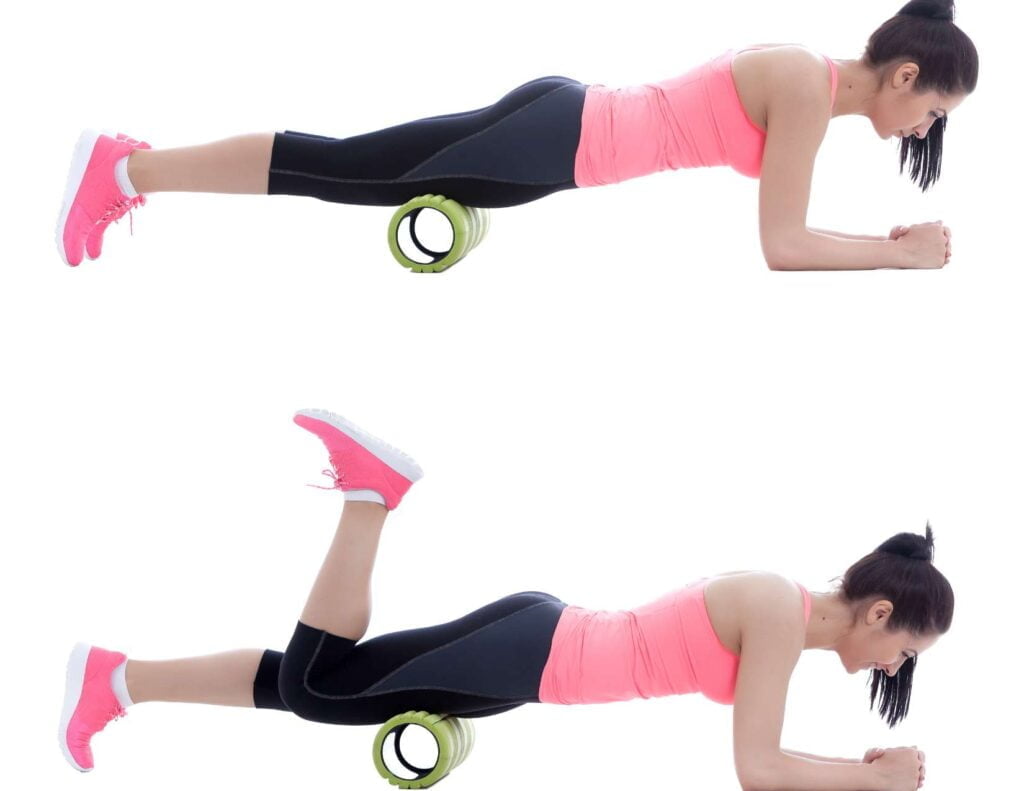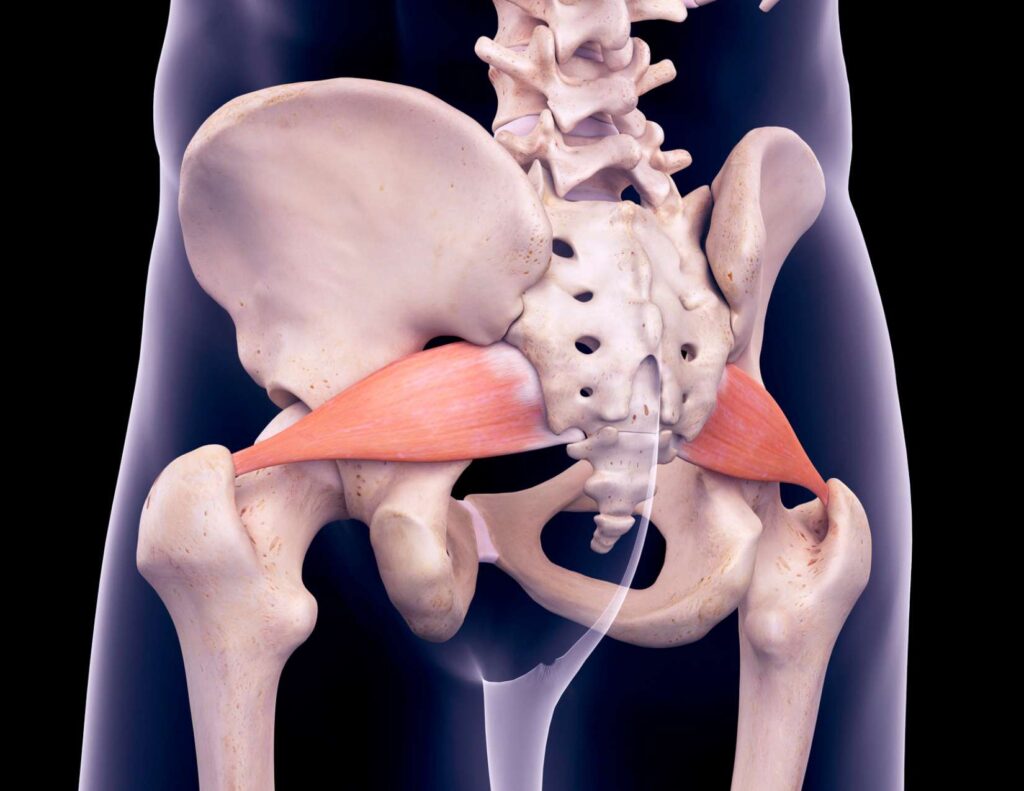Unlock Relief With 6 Foam Roller Exercises For Sciatica
Are you tired of dealing with the persistent pain and discomfort of sciatica? Look no further! In this article, we will unveil six effective foam roller exercises that will help unlock relief and alleviate your sciatic nerve pain. Sciatica can be debilitating, causing shooting pain, numbness, and tingling sensations down the leg. But fear not, as these foam roller exercises for sciatica can target the specific muscles and areas that contribute to sciatic nerve irritation.
Whether you’re a fitness enthusiast or someone looking for a natural way to manage your sciatica, these exercises are suitable for all levels of experience. So, get ready to roll away the pain and regain control of your life with these simple yet powerful foam roller exercises. Let’s dive in and discover the key to unlocking relief from sciatica!

Table of Contents
Understanding sciatica and its causes
Sciatica can be a debilitating condition that affects many individuals, causing pain, numbness, and tingling sensations that radiate from the lower back down to the legs. It occurs when the sciatic nerve, the longest nerve in the body, becomes compressed or irritated. This compression can be a result of various factors, such as a herniated disc, spinal stenosis, or muscle tightness. Regardless of the cause, the pain and discomfort associated with sciatica can greatly impact one’s quality of life.
What is a foam roller and how does it work?
A foam roller is a cylindrical tool made of dense foam that is used for self-myofascial release (SMR). SMR is a technique that involves applying pressure to specific areas of the body to help release tension, improve flexibility, and alleviate muscle soreness. Foam rolling works by breaking up adhesions in the fascia, the connective tissue that surrounds and supports the muscles. By using a foam roller, you can effectively target and release tight muscles and reduce the pressure on the sciatic nerve, providing relief from sciatica symptoms.
Benefits of using a foam roller for sciatica relief
Using a foam roller for sciatica relief offers several benefits. Firstly, it helps to increase blood flow to the affected area, promoting healing and reducing inflammation. Additionally, foam rolling can improve flexibility and range of motion, which can alleviate muscle imbalances and reduce the risk of further injury. Moreover, regular foam rolling can help prevent the recurrence and last stages of sciatica by maintaining muscle health and preventing the build-up of tension and tightness.
Foam roller exercises for sciatica relief – an overview
Foam roller exercises can be highly effective in providing relief from sciatica symptoms. These exercises target the muscles surrounding the sciatic nerve, helping to release tension and reduce compression. Here are some foam rolling exercises for sciatica that can help alleviate discomfort:
Foam roller exercise #1: Glute release
Start by sitting on the foam roller with your hands behind you for support. Cross one ankle over the opposite knee and gently roll back and forth, targeting the glute muscles. Focus on any areas of tenderness or tightness, spending extra time on those spots. Repeat on the other side.
Foam roller exercise #2: Piriformis release
Lie on your back with your knees bent and feet flat on the floor. Place the foam roller under one buttock and cross the ankle of the opposite leg over the knee. Roll back and forth, targeting the piriformis muscle. Be mindful of any discomfort and adjust the pressure accordingly. Repeat on the other side.
There’s a condition called, “Piriformis Syndrome” that can mimic the symptoms of sciatica. If you’re unsure what you’re experiencing, Piriformis Syndrome vs Sciatica may be able to help!

Foam roller exercise #3: Hamstring release
Sit on the floor with your legs extended and place the foam roller under your thighs, just above the knees. Place your hands behind you for support and slowly roll back and forth along the length of your hamstrings. Focus on any areas of tightness or tension and adjust the pressure as needed.
Foam roller exercise #4: IT band release
Lie on your side with the foam roller positioned under your outer thigh. Use your forearm to support your upper body and slowly roll along the length of your IT band, from the hip to just above the knee. Pay attention to any areas of discomfort or tightness and adjust the pressure accordingly. Repeat on the other side.
Foam roller exercise #5: Lower back release
Lie on your back with your knees bent and feet flat on the floor. Place the foam roller under your lower back, supporting your head with your hands. Slowly roll up and down, targeting the muscles along your lower spine. Take care to avoid any sharp pain and adjust the pressure as needed.
Foam roller exercise #6: Full body stretch routine
Use the foam roller to perform a full-body stretch routine, targeting the muscles in your back, hips, legs, and even arms. This routine can help alleviate overall muscle tension and promote relaxation. Consult with a fitness professional or physical therapist for guidance on specific foam roller stretches that are suitable for your condition.

Best foam roller for sciatica pain relief
I’ve had great success with the Trigger Point GRID foam roller for sciatica pain relief. This foam roller is designed to help you target specific muscle groups and release tightness in your body. The firm, durable EVA foam construction helps to relieve tension, stress, and knots that can cause sciatica flare-ups. It also has a raised surface designed to help you locate and massage sore spots. It is definitely worth a try if you are looking for sciatica pain relief! Additionally, pairing this foam roller with other stretching techniques can provide an even greater benefit.
Precautions and tips for using a foam roller for sciatica relief
While foam rolling can be beneficial for sciatica relief, it is important to take certain precautions to ensure safety and effectiveness. Here are some tips to keep in mind:
- Start with a softer foam roller if you are new to foam rolling or have sensitive areas.
- Apply moderate pressure and gradually increase as tolerated.
- Avoid rolling directly on the spine or any areas of acute pain.
- Breathe deeply and relax into the foam roller to enhance the release of tension.
- Perform foam roller exercises regularly, but listen to your body and avoid overdoing it.
- If you have any underlying medical conditions or are unsure about using a foam roller, consult with a healthcare professional before starting.
Can foam rolling make sciatica worse?
The answer depends on the person and their individual situation. While some people find that foam rolling helps to relieve the pain of sciatica, others may experience an increase in pain after using a foam roller. It is important to talk with your doctor or physical therapist about any changes in your symptoms before beginning a regular foam rolling routine. Additionally, it’s important to use proper stretching and rolling techniques to avoid causing further strain on the sciatic nerve. Proper form is key when using a foam roller, and you should stop if any increase in pain or discomfort is experienced.

Other complementary treatments for sciatica relief
In addition to foam roller exercises, there are other complementary treatments that can help provide relief from sciatica symptoms. These include:
- Gentle stretching yoga and exercises for sciatica that target the lower back and hips.
- Heat or cold therapy to reduce inflammation and soothe the affected area.
- Massage therapy to alleviate muscle tension and promote relaxation. Pressure point therapy for sciatica can be very helpful.
- Acupuncture for sciatica to stimulate the body’s natural healing response and reduce pain.
- Physical therapy to improve strength, flexibility, and posture.
It is important to consult with a healthcare professional to determine the most appropriate treatment approach for your specific case of sciatica.
Conclusion
Sciatica can be a challenging condition to manage, but with the help of foam roller exercises, relief is within reach. By incorporating these exercises into your daily routine and taking the necessary precautions, you can alleviate muscle tension, reduce compression on the sciatic nerve, and experience relief from sciatica symptoms. Remember to consult with a healthcare professional if you have any concerns or questions regarding the use of foam roller exercises for sciatica relief. Take control of your pain and get back on your feet with the power of foam roller exercises!






